Non-heritable traits
- Non-heritable traits have a chance to occur on any foal and are rolled at random when the foal genotype is rolled.
- As the name implies, non-heritable traits will not pass to offspring from the horse that has it.
Appearance
Birthmarks, also known as Bend-Or spots or grease spots, causes spots or smudges anywhere on the body, that are always darker than the base coat. Can optionally affect mane and tail where they touch.
Always goes below white markings.
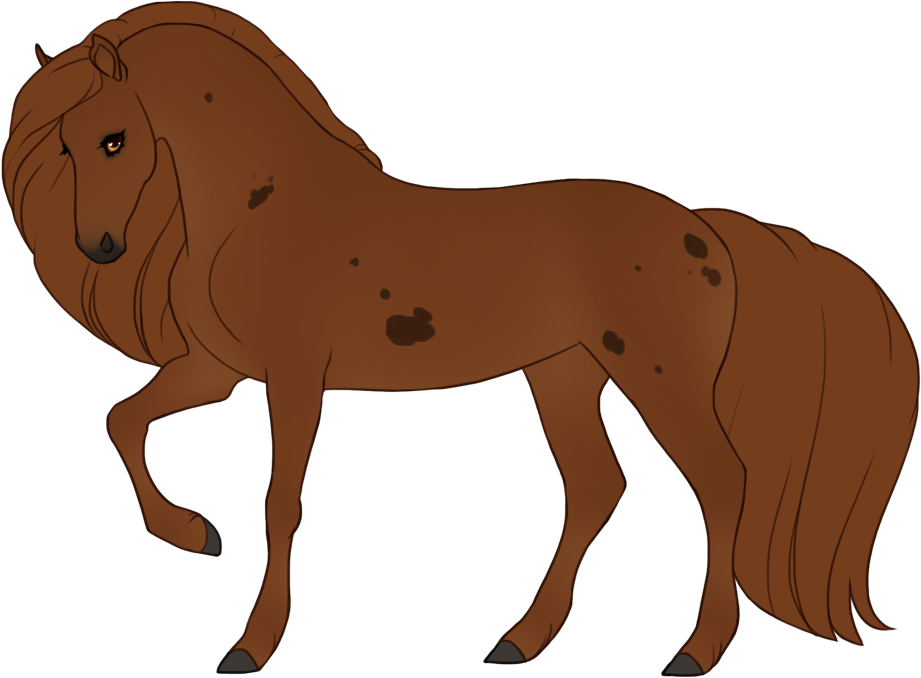
Chestnut with birthmarks
chestnut
Appearance
Brindle causes irregular vertical striping or streaking in the coat, anywhere on the body. It can be anywhere from partial and only showing in a spot, to covering the entire body.
Brindle can be both darker than the coat (including black), and lighter (including white). Can optionally affect mane and tail where it touches.
Always goes below white markings.
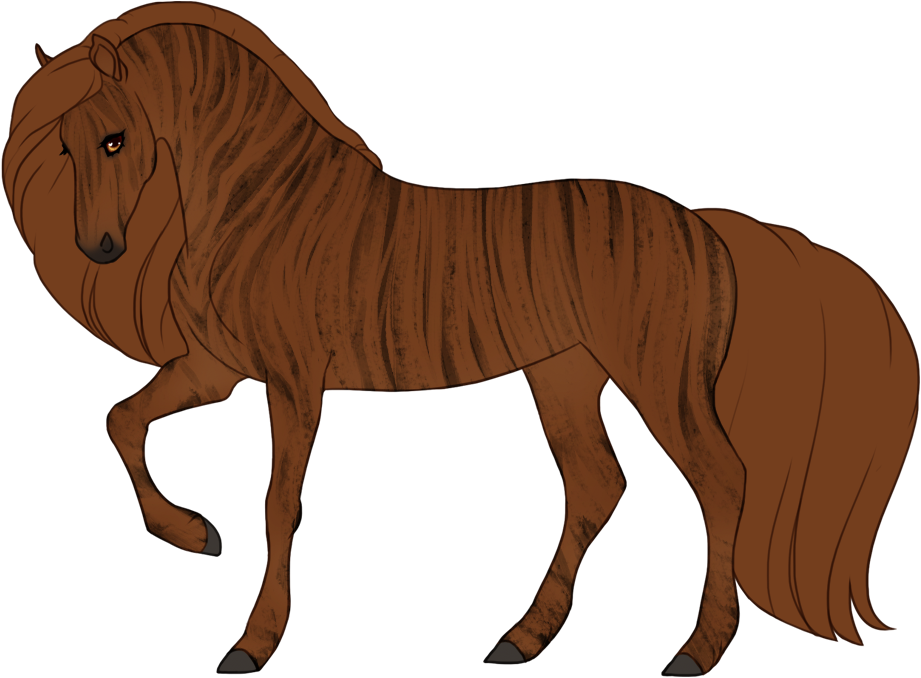
Chestnut with brindle
chestnut
Appearance
Lacing appears as white webbing or reverse-dapples, usually along the back or topline but can appear anywhere on the body.
The lacing will always be lighter than the basecoat (or white), and can optionally affect mane and tail where it touches.
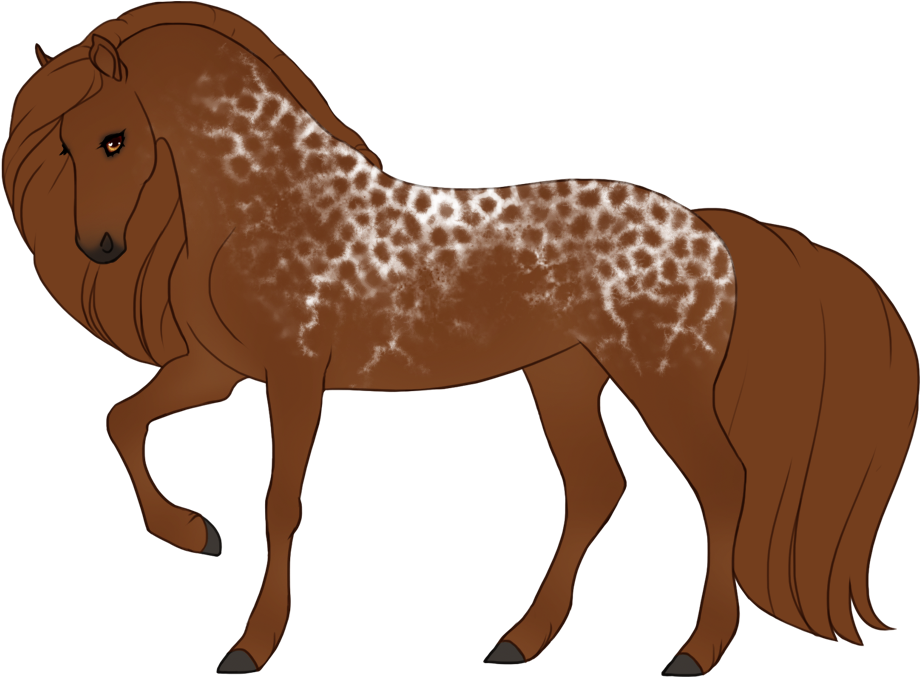
Chestnut with lacing
chestnut
Appearance
Also known as Somatic, occlusion appears as natural-looking areas where one or multiple genes have been fully or partially "switched off". If a gene has been fully occluded then it is essentially "hidden" and does not show at all.
When a horse has the occlusion trait you are free to chose which genes are occluded, and to which degree. Multiple genes can be occluded at the same time, including the extension gene (EE, Ee, ee), which means a chestnut (ee) can have black spots, a black (Ee or EE) can have chestnut spots, and different bay variations can have occluded red pigment resulting in black areas, or occluded black pigment resulting in chestnut areas.
Essentially, occlusion only turns off genes (fully or partially), it doesn't turn on genes that aren't already present.
Affects hoof, horn, and eye-color when possible, for example a cremello which has blue eyes and light hooves/horns will have brown eyes and dark hooves/horn in occluded spots.
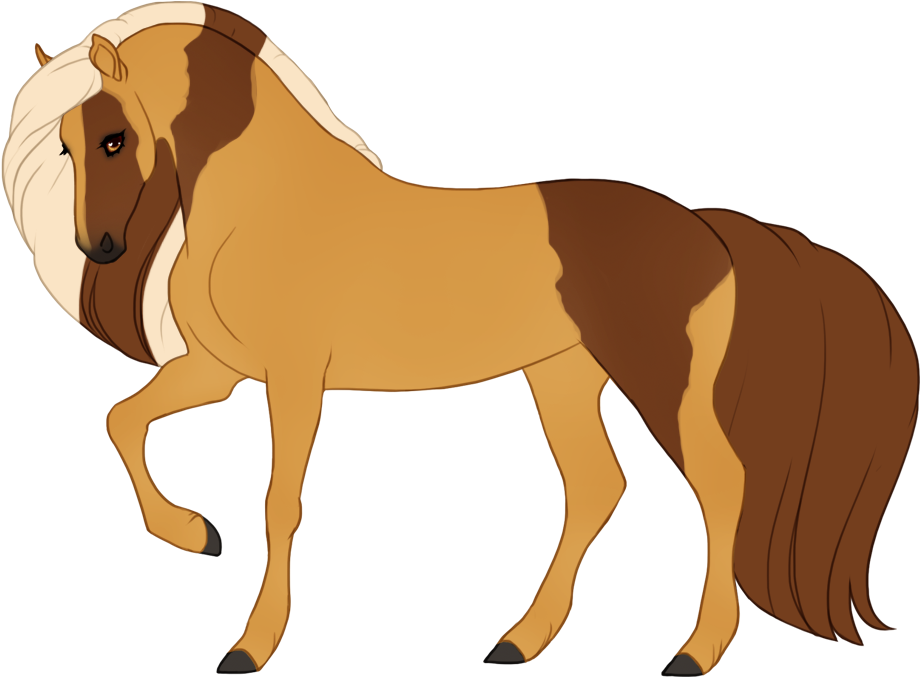
Palomino with occluded cream
chestnut + cream
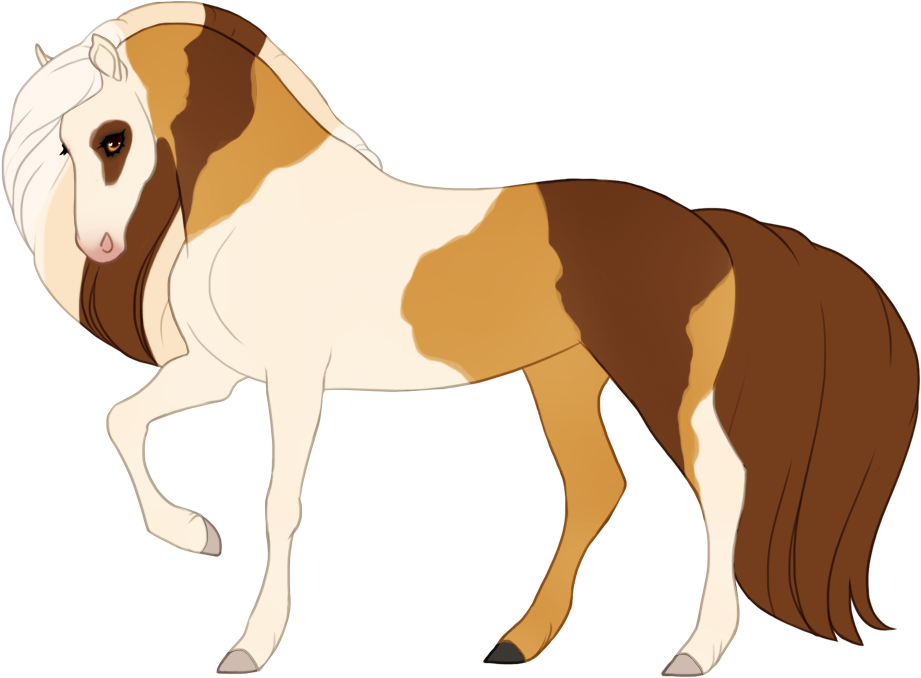
Cremello with occluded cream
chestnut + double cream
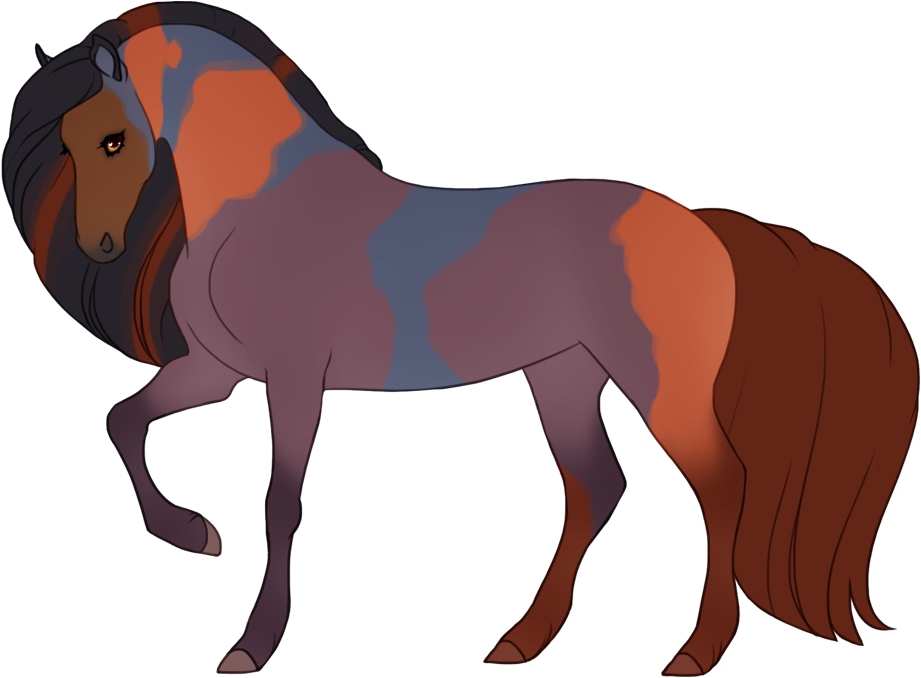
Blue ginger with occluded blue and tawny
bay + blue + tawny
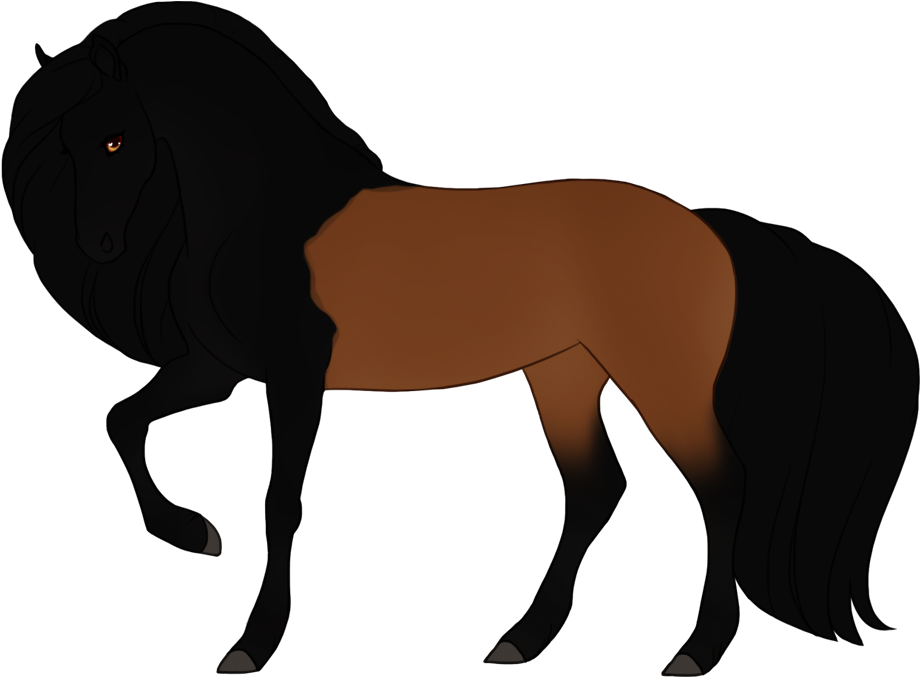
Bay with occluded red pigment
bay
Appearance
Starkissed, also known as Birdcatcher spots, appear as small white spots anywhere on the body.
Can be few or plentiful but should be distinctly small and clear spots - and not appear as roan or snowflake appaloosa.
Can optionally affect mane and tail where it touches.
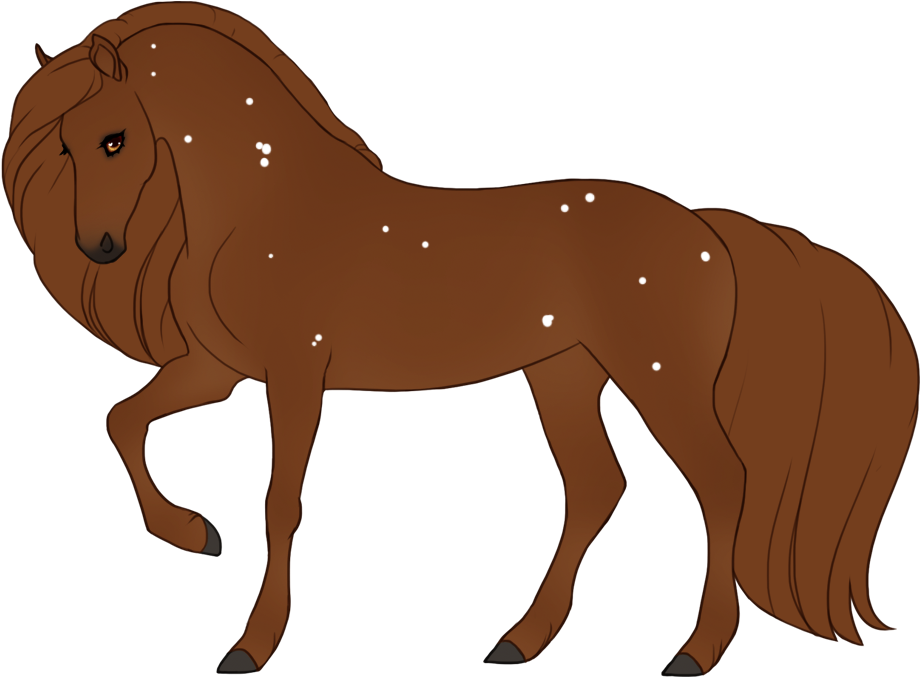
Chestnut with starkissed
chestnut
Appearance
Vitiligo causes a lack of pigment in certain areas, and functionally acts like a white pattern which means it will cause pink skin and light horn/hooves where it touches. It can optionally turn the eyes blue as well.
Generally appears around eyes/mouth but can be anywhere on the body (and doesn't have to appear on the face if you don't want it to).
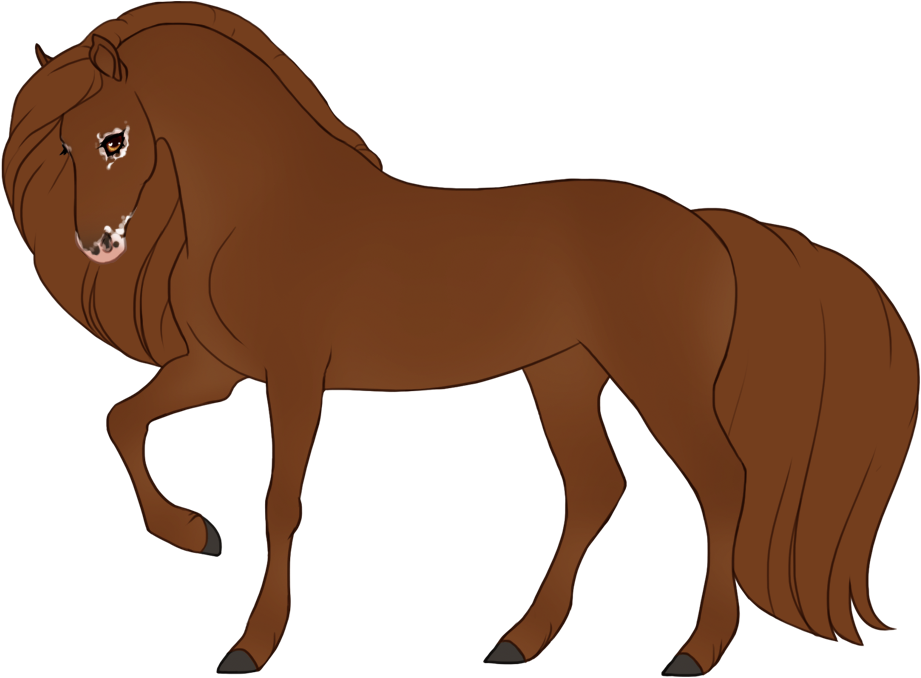
Chestnut with vitiligo
chestnut
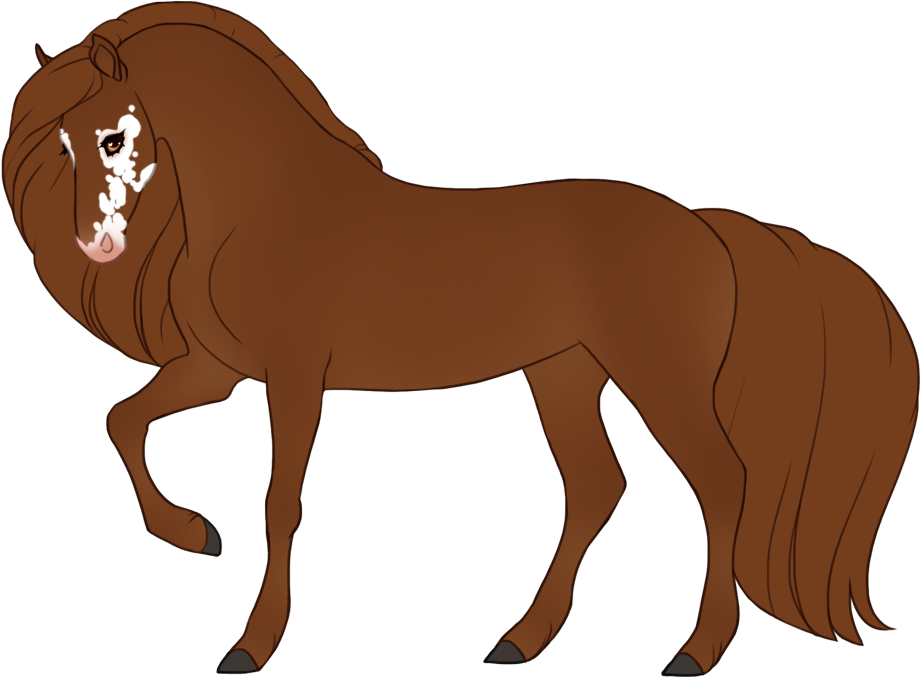
Chestnut with vitiligo
chestnut
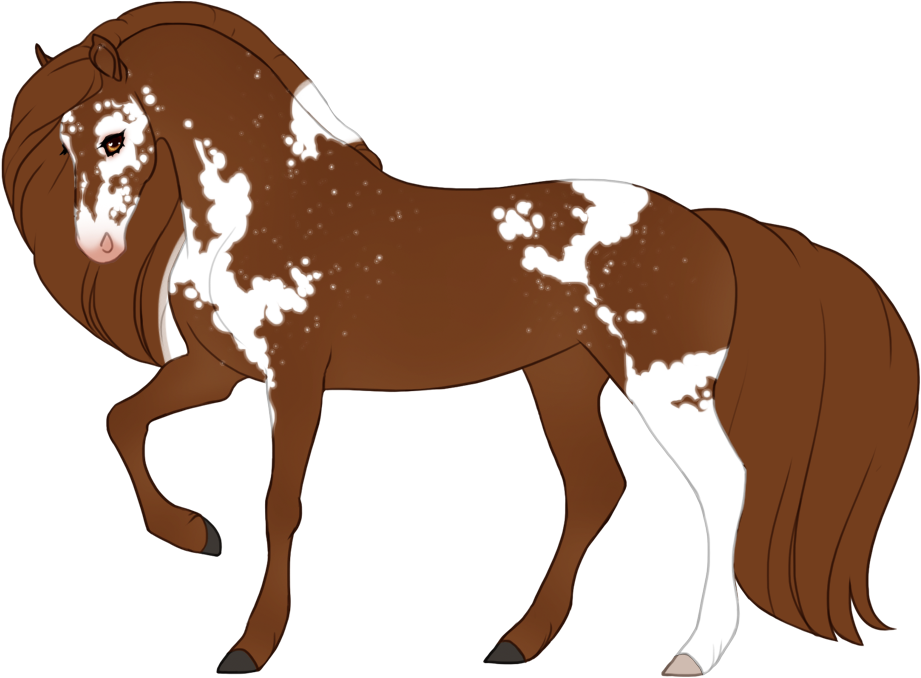
Chestnut with vitiligo
chestnut
Appearance
All-seer is a magic trait that lets the horse have more than 2 eyes, anywhere on the body. The all-seer eyes are affected by genes and patterns in the same way normal eyes are (e.g. if an all-seer eye is located on a part that has white markings that can cause blue eyes then the all-seer eye can also be blue).
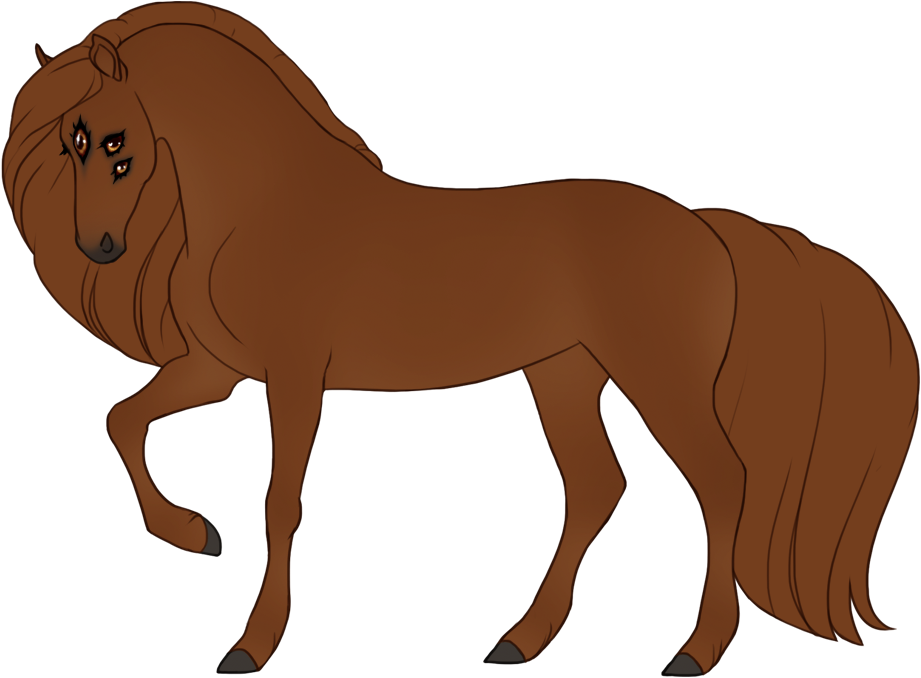
Chestnut with all-seer
chestnut
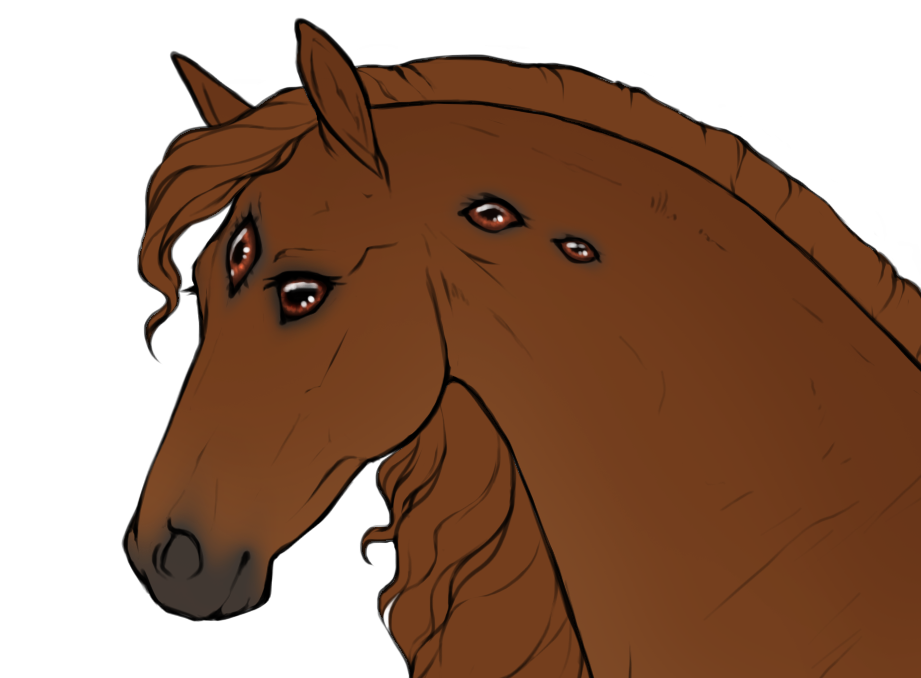
Chestnut with all-seer
chestnut
Appearance
Oracle is a magic trait that causes the eyes to glow. Oracle is most visible on eyes that have the color of the veilhorn's elemental alignment, but naturally colored eyes are also able to show the oracle effect.
The brightness of the glow is up to the designer of each character.
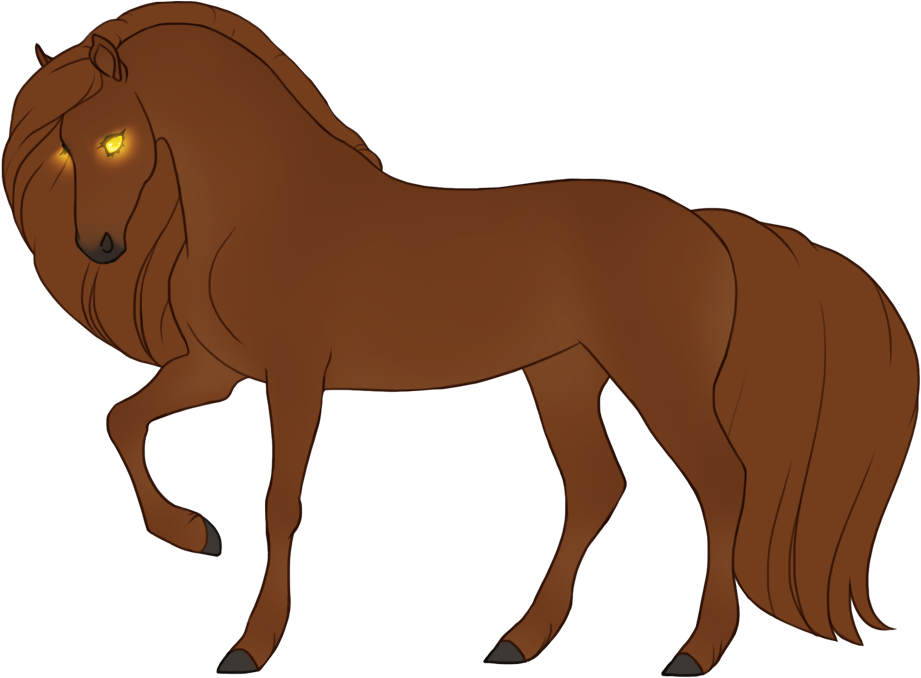
Chestnut with oracle (elemental fire eyes)
chestnut
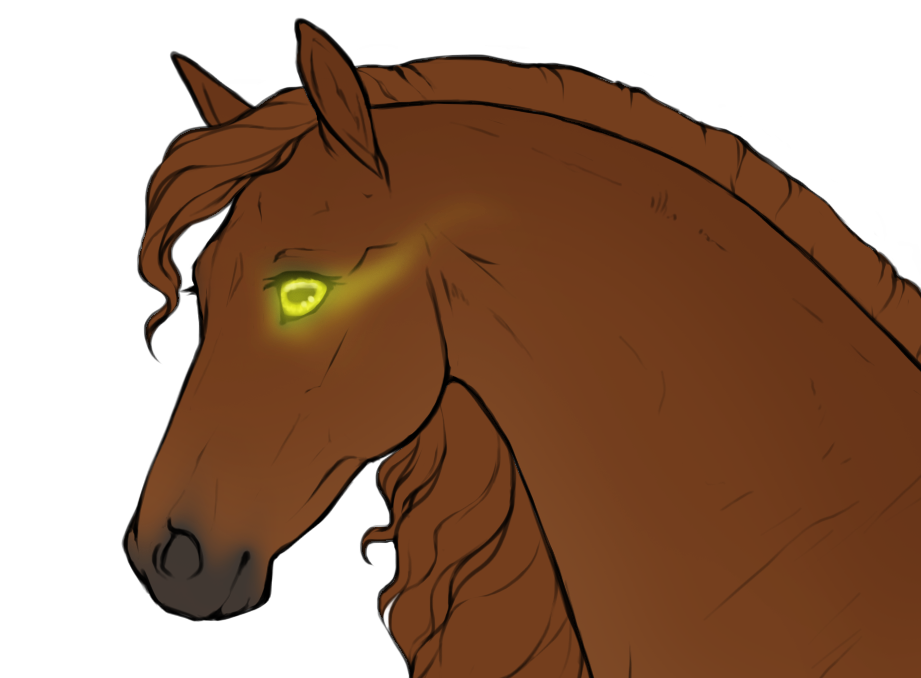
Chestnut with oracle (elemental nature eyes)
chestnut
Appearance
Polydactyly is a condition that causes extra digits, appearing as smaller hooves or claw-like hooves on the sides of the fetlocks. The extra digits can be on the inside, or outside, or both, and the claw/hoof will follow the same hoof-coloring as regular hooves.
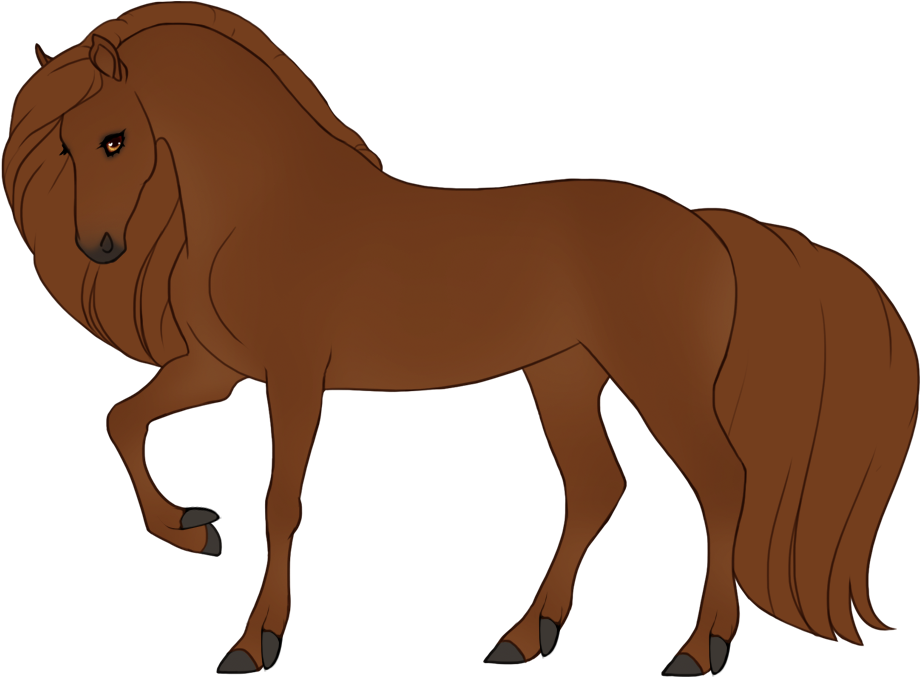
Chestnut with polydactyly
chestnut
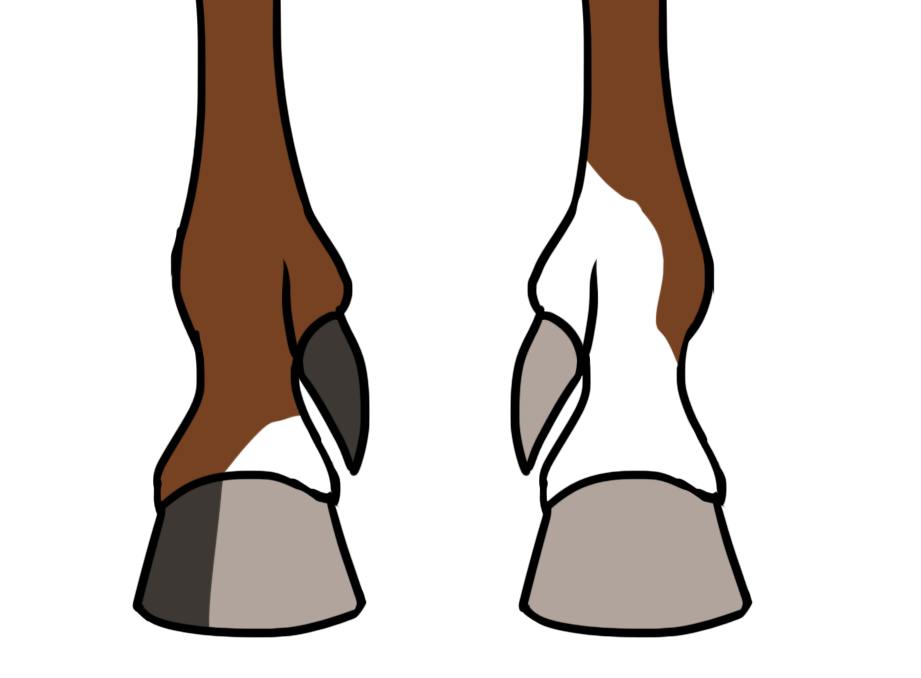
Chestnut with polydactyly (inner)
chestnut
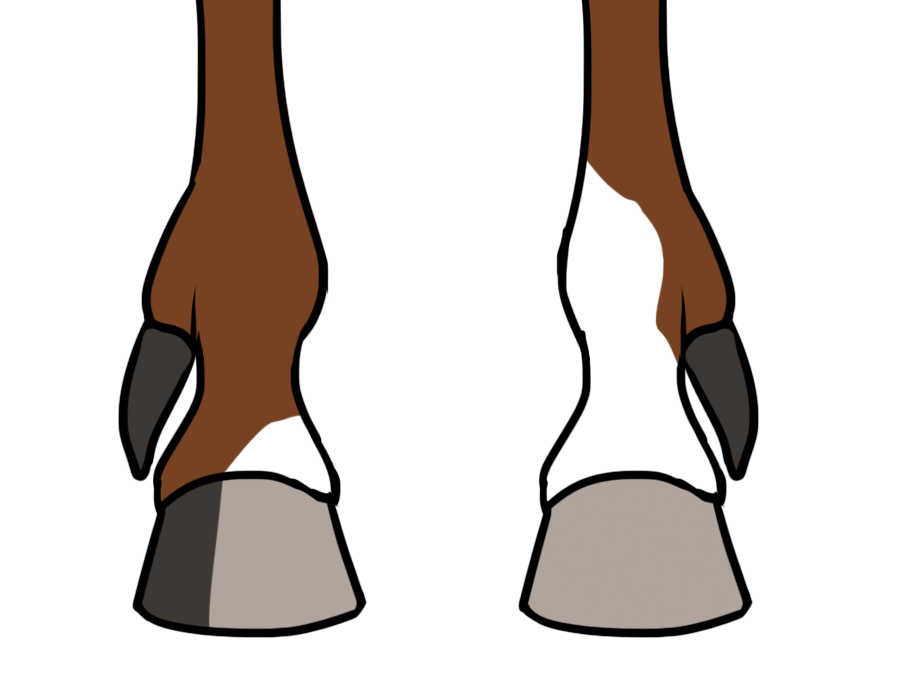
Chestnut with polydactyly (outer)
chestnut
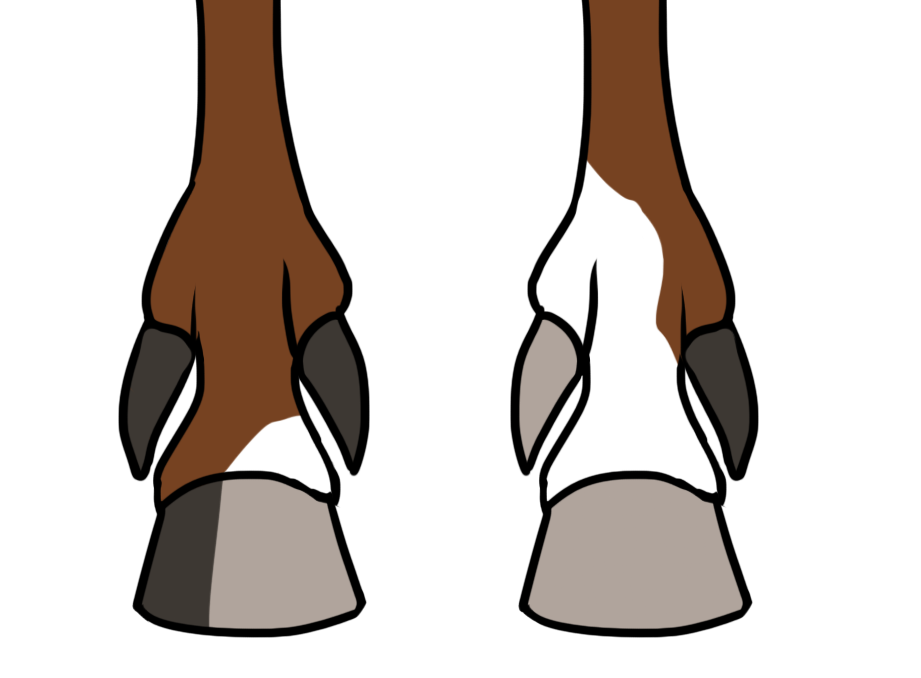
Chestnut with polydactyly (inner + outer)
chestnut